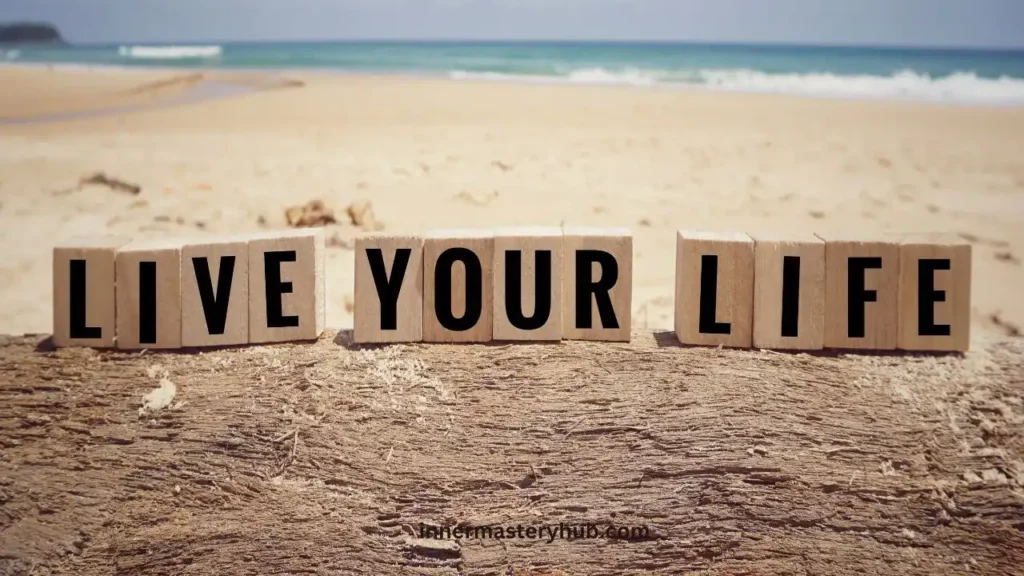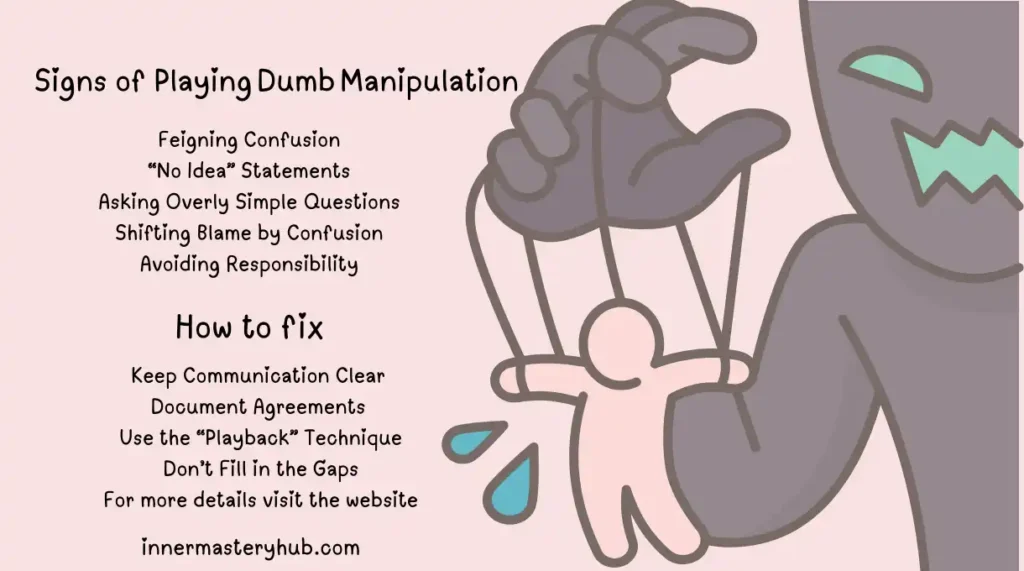4 Ways of Healing From Trauma to Embrace Setbacks as a Part of life

Do you have first-hand experience of swimming in a vast ocean? You may be moving forward purposefully only to have your sense of peace disrupted by a sudden wave.
As it crashes over you, it tumbles you and leaves you disoriented, at least initially. It might seem like the distance you covered is all lost, but the wave never erased your progress. It’s just a reminder of your resilience and strength in light of the strong currents underneath.
Healing from trauma is similar; it often involves unforeseen setbacks. Uninformed people may believe that setbacks are synonymous with failure. The apt response is to embrace them, not abandon all hope. Easier said than done, right? Fret not; this article will discuss four ways you can embrace setbacks in Healing from trauma.
Acknowledge That Healing from trauma is never a Linear Process
Live Science calls the brain the most complex organ. The electric impulses and chemicals that make it up never follow a straight, predictable path.
This is nowhere more true than in the case of Healing from trauma recovery. For instance, a group of friends embarks on a fun road trip through Arkansas for its diverse scenery and historical attractions. They stop by the quaint towns of Fayetteville, Bentonville, and Hot Springs before continuing their journey to Little Rock.
Tragedy strikes when they are involved in an accident at the intersection of Asher Avenue and South University Avenue. While the others sustain minor injuries, the two in the front suffer severe concussions and fractures.
As police and medical professionals arrive on the scene for assistance, it’s clear the recovery process will be painfully slow. The psychological shock and loss of control may leave a lasting imprint on the mind. A Little Rock auto accident lawyer can help ease some of the burden by advocating for justice amid the physical and emotional toll.
Simply put, even after all survivors have recovered physically, they may experience their emotions coming in waves. Certain sights or sounds may resurface painful feelings from the accident.
Trauma survivors must let the ebb and flow run their course. Focus first on acknowledging your painful emotions for what they are and validating your experiences.
Lean on Your Support System
Many people healing from trauma may feel a strong urge to drive into solitude. This is their body’s natural self-protective response to an emotional overload.
The urge to withdraw will be stronger among those whose trauma is a direct result of betrayal. The individual’s body makes it difficult to trust others enough to be vulnerable. If you’re experiencing such an urge, accept it too; it’s a valid response.
However, keep the bigger picture in mind. In other words, constant isolation can hinder long-term recovery. You may need your support system now more than ever.
A support system is a non-judgmental space where healing from trauma, survivors can express themselves without fear. This means you do not need to open up to every person who offers a helping hand.
Be selective and allow only trusted friends and family to form a part of your healing journey. Besides them, you’re free to seek support from mental health professionals, online communities, and faith-based support groups.
In the example we’ve used, the car accident survivors’ support system will also include legal professionals. They will advocate for justice and stand between survivors and overwhelming institutions such as courts and insurance companies.
Ultimately, a strong support system is not about having an extensive network. What truly matters is having a few safe, consistent, and non-judgmental people or spaces where Healing can happen.
Reflect on the Progress Made So Far
Humans do tend to overlook their progress and brood over failures, real or perceived. Concerning Healing from trauma, remember that every ‘failure’ is perceived. As long as you stay on the path of healing adamantly, the battle’s outcome is in your favour.
Since Healing itself is a complex journey, you may feel like everything is falling apart on days. For instance, accident survivors experience sudden flashbacks followed by guilt. The latter emotion is usually the result of a false sense of a healing timeline.
It could have been months since the incident, and they may have been compensated fairly. The survivor could falsely believe that they should have moved on by now. When emotional struggles reappear, it’s natural to feel as if all efforts were in vain.
When that happens, face each day with truth instead of feelings. Choose to reflect on your past progress, physically, emotionally, and spiritually. Maintain a healing journal in which you can answer questions on the coping skills you’ve developed or boundaries you’ve set so far.
Like a flower pushing through cracks in concrete, each step of yours will have been a testament to resilience nonetheless. Those moments are when you’ve your strength. Healing at your pace will be thorough, and there will come a day when places and people won’t trigger you anymore.
Set Gentle Goals
There’s nothing wrong with wanting to bounce back and resume life. You may have accepted Healing from trauma for what it is and possess the will to move forward for the better.
While that is good, our emotions do not work like a light switch. You might discover that you are just not able to erase everything in an instant and live like nothing happened.
Verywell Mind shares that Healing from trauma demands a lot of energy. The only way to deal with reduced energy during the healing period is to be gentle with yourself. Don’t set unrealistic or rigid goals.
Take a breather and lift off the pressure so you can focus on small, meaningful tasks each day. For instance, sometimes simply getting through the day can be an accomplishment that is worth celebrating.
Aiming for small, achievable goals allows your body the time it needs to snap back from nervous system dysregulation. Also, it makes the recovery lasting, something which dramatic efforts don’t.
T,arget goals that will promote consistency over intensity and are rooted in kindness, and not performance. A few examples would include going for a run every morning or making a journal entry each day.
Apart from personal struggles, American society is also experiencing collective trauma recovery. This concerns natural disasters, global conflicts, and inflationary pressures.
Together, they can make us extremely sensitive to the hassles of daily life. Since Healing never follows a straight path, neither should your expectations.
Trust the process and do not give up. When you show up for yourself, over and over, you become stronger. With the right tools, mindset, and support, you will make it to the other side before long.
FAQS About Healing from Trauma
What does “healing from trauma” mean?
Healing from trauma means restoring emotional, mental, and physical balance after a distressing event. It involves feeling safer in yourself, learning to trust again, and integrating painful memories without being overwhelmed by them.
Is Healing from trauma the same as forgetting it?
No. Healing from trauma doesn’t mean forgetting. It means remembering in a way that doesn’t hurt you, understanding what it taught you, and reducing its power over your daily life.
How long does healing from trauma take?
Healing from trauma varies for each person. Some may feel relief in months; others take years. It depends on the severity, the presence of supports, and whether one seeks therapy. There is no fixed timeline.
How do relationships help in Healing from trauma?
Relationships that are safe, supportive, and validating help you feel seen and understood. They provide emotional connection, reduce isolation, and model trust—crucial parts of Healing from trauma.
Can healing from trauma lead to personal growth?
Yes. Many experience post-traumatic growth—greater resilience, more profound empathy, new priorities, and a stronger sense of purpose. Healing from trauma can transform pain into wisdom and strength.
Do I have to relive pain to heal from trauma?
Not fully. Healing from trauma sometimes involves revisiting painful memories in safe ways, but it doesn’t require re-experiencing all of the trauma. Therapists use techniques to gently guide that process.
Will healing from trauma eliminate all symptoms?
Not always. Healing from trauma aims to reduce distress, give you coping tools, and improve functioning. Some lingering sensitivity or triggers may remain, but you learn to manage them.
Can healing from trauma change my identity?
Yes, as you heal, your sense of self may shift. You may let go of shame, embrace strengths, and redefine yourself beyond being a “survivor.” Healing from trauma often leads to growth and new self-understanding.
Can healing from trauma happen without therapy?
Yes, Healing from trauma can begin without therapy—through support groups, journaling, self-care, and trusted relationships. But professional treatment often speeds recovery and helps address deeper issues that you may not have resolved on your own.
What are the signs that I am healing from trauma?
Signs include fewer intrusive thoughts, better sleep, more emotional stability, improved relationships, and a growing sense of safety and meaning in life.






